|
What is a Star?
...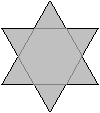 ... ...
|
On this website you can find a personal selection of
stars.
The left star is a regular hexagon with six equilateral
triangles on its sides.
In this sense, a star is more generally a figure consisting
of a convex polygon with triangles placed on its sides.
The triangles are called points. |
Producing of Stars
top
There are different ways of making a star.
1st possibility
You take a regular polygon and
set equilateral triangles on the sides.
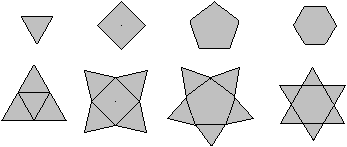
This procedure doesn't lead to a star, if you start with
a triangle.
2nd possibility:
You take a regular polygon
and reflect the basic triangles of the polygons on a side.
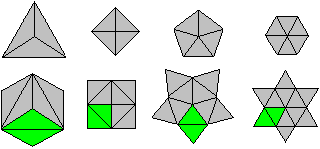 This procedure doesn't lead to a star, if you start with
a triangle or a square.
This procedure doesn't lead to a star, if you start with
a triangle or a square.
3rd possibility:
You take a regular polygon with
n corners and turn it around 180/n. Origin and image together form a star.

4th possibility:
Give a polygon and draw special diagonals. They form
stars. Regular polygons form stars with rich symmetries. The pentagram
and the hexgram are the simlest examples.
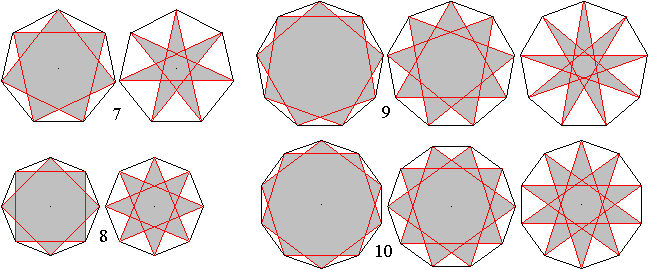
5th
possibility:
You take a regular polygon and
set isosceles triangles on the sides, which have a large height compared
with the basic side. The polygon, which has the points, can degenerate
into a circle (far right).
 ................ ................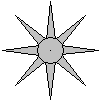 Handsome stars develop. Obviously you expect that stars must
have "pointed points".
Handsome stars develop. Obviously you expect that stars must
have "pointed points".
6th possibility:
You take any polygon and
set arbitrary triangles on the sides.
... ... ...
|
The star of the German magazine "Stern" was a model of
this star. |
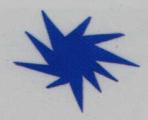 ..HMATISSE ..HMATISSE
Making of Stars top
Paper Cutting
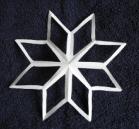
|
Star as a silhouette |
The first eight
pointed star is a silhouette.
... ... ... |
You fold a square sheet of paper again and again along
the red line, until fig.5 develops. Then you cut off pieces along
the blue lines with strong kitchen scissors. Fig.6 develops. While unfolding
you get the star. |
This star can variously be modified. You don't only cut out
a wedge, but make other forms and leave bars. You can also use black paper
and close the holes with coulored paper. Then window pictures develop.
Froebel's
star
The second star is Froebel's star, which is made from
four strips. This is explained on another page of my homepage.
From
sandwich bags
These simple, star-shaped folds are each made from sandwich
bags.
You can find instructions on the internet with "butter
bread bag stars".
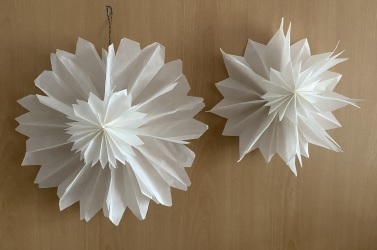
My attempts with eight bags
|
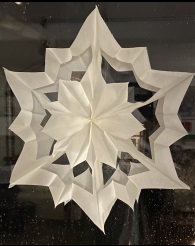
Tony's Star from six bags
|
Origami-Flowers
...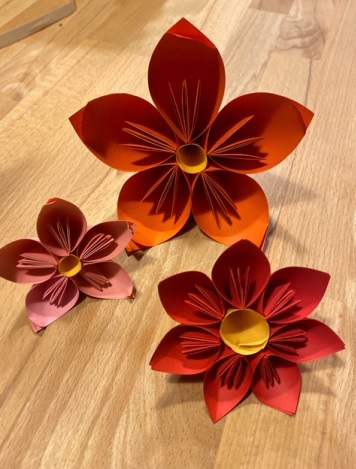 |
Hannah made these nice flowers with help of besserbasteln.de
(URL below).
Thank you for your hint.
|
Pentagram top
The Pentagram certainly is "the star" among the stars.
It is also called Drudenfuß (German) or witch star.
... ... ...
|
It develops if you draw the diagonals (black) inside
a regular pentagram. |
Which angles appear?
... ... ... |
The central angle (blue) in the central triangle ABC
of the regular pentagon is 360°/5 = 72°.
So the two base angles are 54°. The interior angle
of the pentagon is 108°. |
... ... ... |
Assuming that the small pentagon inside the pentagram
also is regular, the marked orange angle is 108°. The point is an isosceles
72-36-72-triangle.
There is a second smaller yellow 72-36-72-triangle lying
at the bottom. |
... ... ... |
Both yellow triangles are similar to each other because
of the corresponding same angles.
You'll find the formulas in the next chapter. |
.. .... .... |
It is PQ:QS=QS:QR or a:x=x:(a-x)
in the yellow triangles. This equation can be related to the line PQ and
the point R on the line. The whole distance is to the larger section as
this larger section to the smaller one. You can also say: The larger section
is the (golden) mean of the whole and the smaller section, x=sqr[a(a-x)]
in formula. |
You can say: In a regular pentagon the diagonals cut each
other in a golden ratio. You can find the ratio from the proportion a:x=x:(a-x).
The product equation is a(a x)=x², so x²+ax-a²=0. If you
solve this quadratic equation, you get the positive solution x:a
=1/2*sqr(5)-1/2. This is about 0.62.
The well known German TV journalist
Professor Heinz Haber described the golden ratio as follows in the 1960s.
..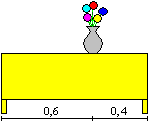 .... .... |
There are a side board and a vase with flowers in an
experimental room. Test subjects had to put the vase on the cabinet in
such a way so that it looks nice.
Only a few people placed it in the centre. That looks
boring. Most people put the vase slightly on the right or on the left as
shown in the picture. The result was that the width of the cabinet was
divided in the golden ratio. Perhaps this sense of beauty is given by education
and belongs to our western culture. |
The pentagram is called also Drudenfuss
or witch star. This is a reference to a certain topic you can investigate
on the internet. I recommend the picture directory of google.com and the
search word "pentagram". Sometimes you think you are in the Middle Ages.
(This is the same with the hexagram in the next chapter.)
My contribution can be: I saw a pentagram at the door
of the combined horse/cow stable of a farm in the 1950s. It should keep
away diseases from the cattle.
... ... ... |
You can draw the pentagram or stars with 7, 9... points
with free hand after some practise without lifting the pencil.
I already impressed many people by this :-). |
String
Game
Hexagram top
A second star worth being described is the hexagram.
It is also called David's star or Salomon's seal.
... ... ...
|
The hexagram consists of 12 equilateral triangles and
therefore belongs to the Polyiamonds. |
... ... ... |
You can also regard the hexagram as a figure, which is
formed by two equilateral triangles. One triangle stands on its head. |
.. .... .... |
Something nostalgic:
In former times Salmiakpastillen (bitter-tasting lozenge)
were in fashion. You moistened the (clean?) back of your hand and form
a star from six pastilles on it. Then you licked the pastilles. |
Folding a Hexagram
(Author: Shizo Fujimoto)
...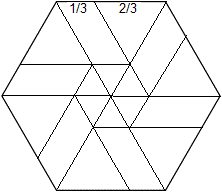 |
If you want to fold the hexagram, you should print out
the adjacent figure on half an A4 sheet and then cut out the hexagon. |
...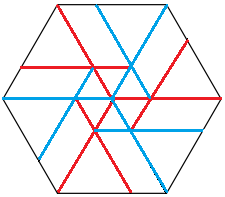 |
Then you have to fold in such a way that the red lines
become valley folds and the blue lines become mountain folds.
It is important that the fold lines are sharpened e.g.
with the knob of scissors. |
...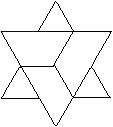 |
If you consistently stick to the valleys and mountains,
you can fold the hexagon into this small hexagon star |
...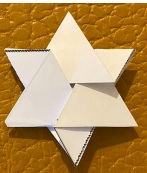 |
This is my result |
...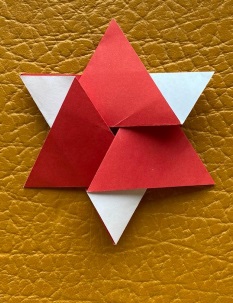 ... ... |
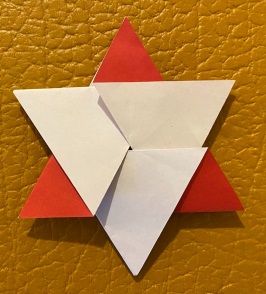 |
Volker Sayn fold the star on the left.
It was folded from a sheet with red and white.
So you can see that the front and back have the same structure. |
...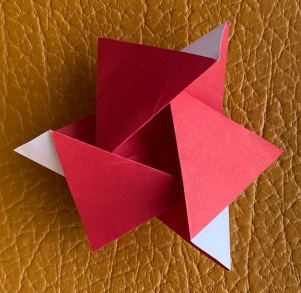 ... ... |
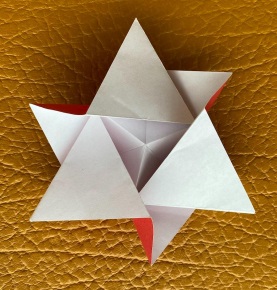 ... ... |
I have to admit that the finished star was a great help
with this tricky folding work.
Therefore I show front and back half open.
|
The paper star impresses, because the opened
star closes again almost by itself.
Two of
Karen Koeller's Quilts top
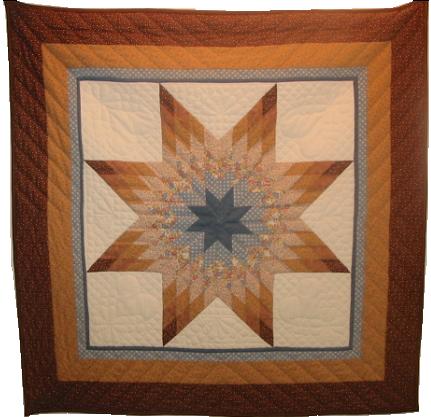
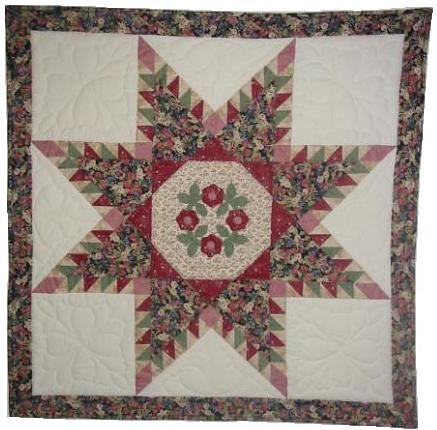
Three-dimensional
Stars top
You can design 3d stars of regular solids. You put a
pyramid on each side.
Here is an octahedron with eight tetrahedra as an example.
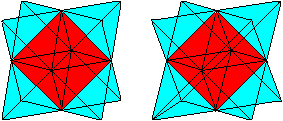
Those who know the 3d view can see the star three-dimensional.
The Kepler-Poinsot Polyhedra
...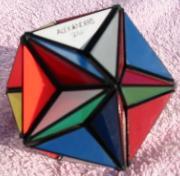 ... ... |
If you put some regular pentagonal pyramids on
the sides of a dodecahedron and tetrahedra on a icosahedron, you get the
"Small Stellated Dodecahedron" and the "Great Stellated Dodecahedron" (Kepler).
Poinsot discovered the two "Poinsot polyhedra", the "Great Dodecahedron"
and the "Great Icosahedron".
The Great Dodecahedron is well known as Alexander's Star
(on the left), a puzzle belonging to the Rubik's cube family.
You find more about these interesting solids on the internet
pages below. |
There are three-dimensional stars,
which hang in the hall of many houses in December. They have a bulb in
the centre so they shine from inside. They are called Sternlampions (=star
Chinese lanterns) in German and Moravian stars in English. Among them the
"Original Herrnhuter Weihnachtsstern" (Herrnhut Star) is known all over
the world.
Stars
on Other Places of my Homepage top
Kepler-Poinsot-Körper
(German only)
Gefalteter Fünfeckstern
(German only)
Stars - Near and
Far Away top
far away
Many nations have one or several stars in their national
flag. Here is a small choice.

near
Here in Lippe, a district of North Rhine-Westphalia
there are many half-timbered houses with a big hall, so that horse and
carriage could drive in in former times. Usually there is an inscription
outside above the hall with the star (here seven-pointed) of "Burg Sternberg"
on one side and on the other side the "lippische Rose" similar to a star.
 .......... .......... House of "Gut Hovedissen" at Leopoldshöhe, Kreis Lippe,
as an example.
House of "Gut Hovedissen" at Leopoldshöhe, Kreis Lippe,
as an example.
A curiosity is in the coat of arms of the town Barntrup/Lippe
(on the right). "Der halbe Stern erinnert an die Gründung der Stadt
durch die Grafen zu Sternberg. Die halbe lippische Rose wurde von der Stadt
nach dem Übergang der Grafschaft Sternberg an die Herrschaft Lippe
in das städtische Siegel übernommen."
Origin: http://www.lippe.de/new/allgemein/show.php3?s=3&n=wappen
You also find the star and the rose
at the historic town hall (1546) of my hometown Bad Salzuflen.
 ......... .........
... ... ... |
The Lippische Rose is also (although small) in the flag
of the State North Rhine-Westphalia.
This was a consequence of the connection of the state
Lippe to NRW after World War II. |
Stars on the Internet
top
German
HERRNHUTER STERNE GMBH
Bauanleitungen
für Herrnhuter Sterne
Joachim Mohr
Die
stetige Teilung oder der goldene Schnitt und die Konstruktion des regelmäßigen
Fünfecks
Lena Pauline Hönisch Jurado (besserbasteln.de)
Videoanleitung:
Spitze Fleurogami Blüte falten
origamiseiten.de
Bildergalerie
nachgefalteter Modelle (Sterne)
Wikipedia
Stern
(Geometrie)
English
BETSY ROSS
How
to Cut a 5-Pointed Star in One Snip
Eric W. Weisstein (World of Mathematics)
Star
Polygon,
Kepler-Poinsot
Solid
Wikipedia
Star
polygon
References top
(1) Martin Gardner: Mathematischer Zirkus, Berlin 1988
(ISBN 3550076924)
Feedback: Email address on my main page
This
page is also available in German.
URL of
my Homepage:
https://www.mathematische-basteleien.de/
©
2003 Jürgen Köller
top |



 ................
................
 ..HMATISSE
..HMATISSE

 ..........
..........
 .........
.........
 ...
...
 ...
...
 ...
...


 ...
... ...
... ...
... ...
... ....
.... ....
.... ...
...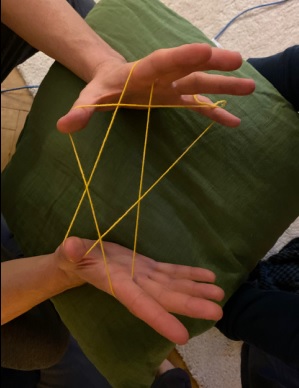
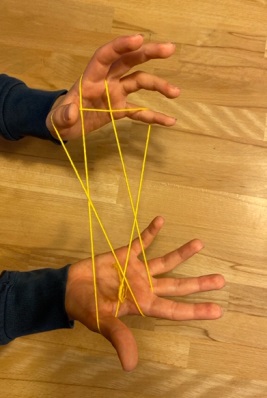
 ...
... ...
...



 ...
...
 ...
... ...
...

 ...
...
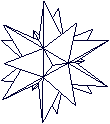
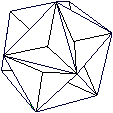
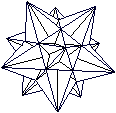

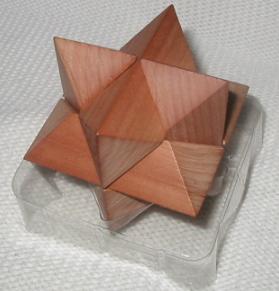
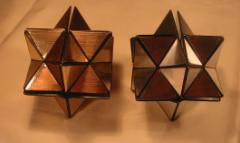
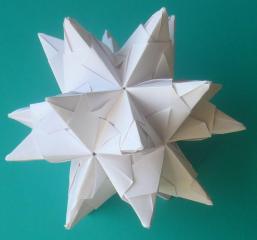
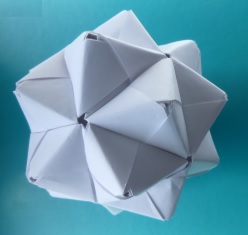
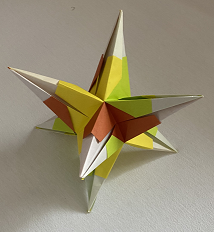
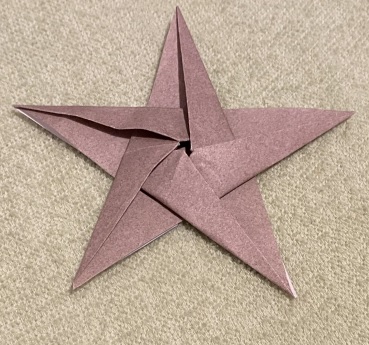
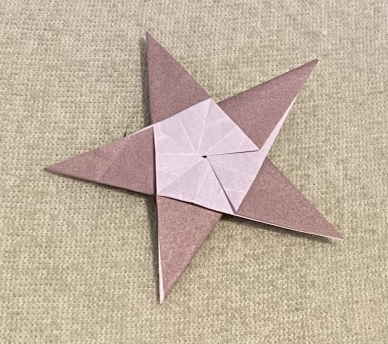

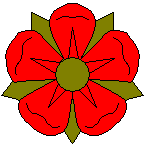
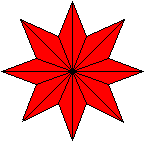
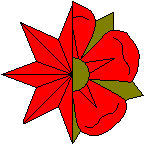
 ...
...